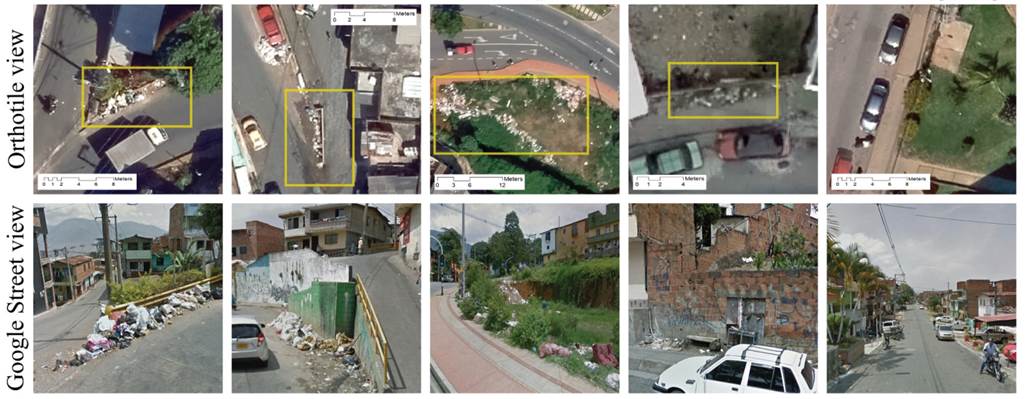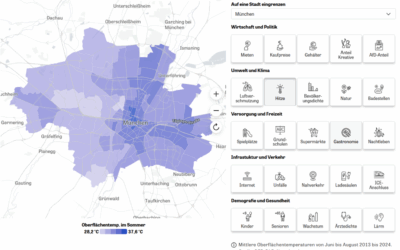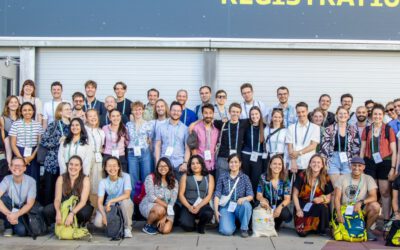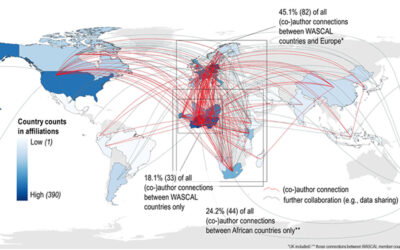New publication on solid waste detection using very high resolution remote sensing data
Researchers from the Munich University of Applied Sciences (MUAS) in Munich, the Earth Observation Center (EOC) of the German Aerospace Center (DLR) in Oberpfaffenhofen and the University of Würzburg in Würzburg teamed up for an explorative study on solid waste detection in urban areas using very high resolution remote sensing data. The paper titled “Litter on the streets – solid waste detection using VHR images” was just published in the European Journal of Remote Sensing by Yrneh Zarit Ulloa-Torrealba, Andreas Schmitt, Michael Wurm & Hannes Taubenböck. The study aimed to test a combination of machine learning, high resolution earth observation and GIS data to detect diverse categories of residual waste on the streets, such as sacks and construction debris.
From the Abstract: Failures in urban areas’ solid waste management lead to clandestine garbage dumping and pollution. This affects sanitation and public human hygiene, deteriorates quality of life, and
contributes to deprivation. This study aimed to test a combination of machine learning, high resolution earth observation and GIS data to detect diverse categories of residual waste on the streets, such as sacks and construction debris. We conceptualised five different classes of solid waste from image interpretation: “Sure”, “Half-sure”, “Not-sure”, “Dispersed”, and “Nongarbage”. We tested a combination of k-means-based segmentation and supervised random forest to investigate the capabilities of automatic classification of these waste classes. The model can detect the presence of solid waste on the streets and achieved an accuracy of up from 73.95%–95.76% for the class “Sure”. Moreover, a building extraction using an EfficientNet deep-learning-based semantic segmentation allowed masking the rooftops. This improved the accuracy of the classes “Sure” and “Non-garbage”. The systematic evaluation of all parameters considered in this model provides a robust and reliable method of solid waste detection for
decision-makers. These results highlight areas where insufficient waste management affects the citizens of a given city.
Read the full article here: https://www.tandfonline.com/doi/full/10.1080/22797254.2023.2176006








